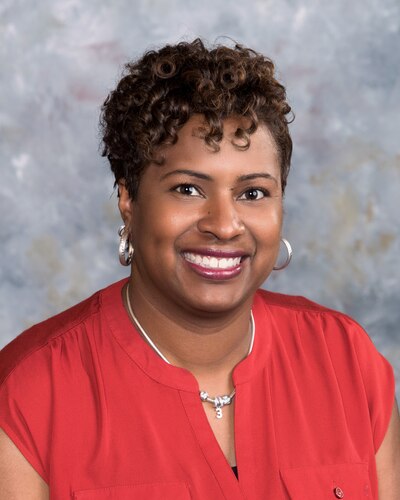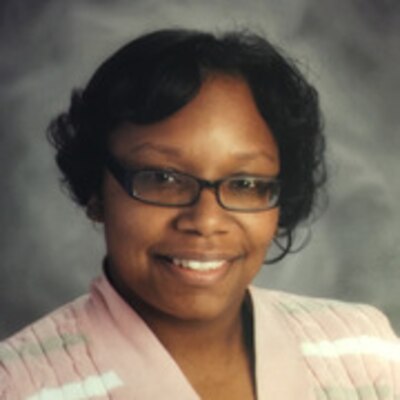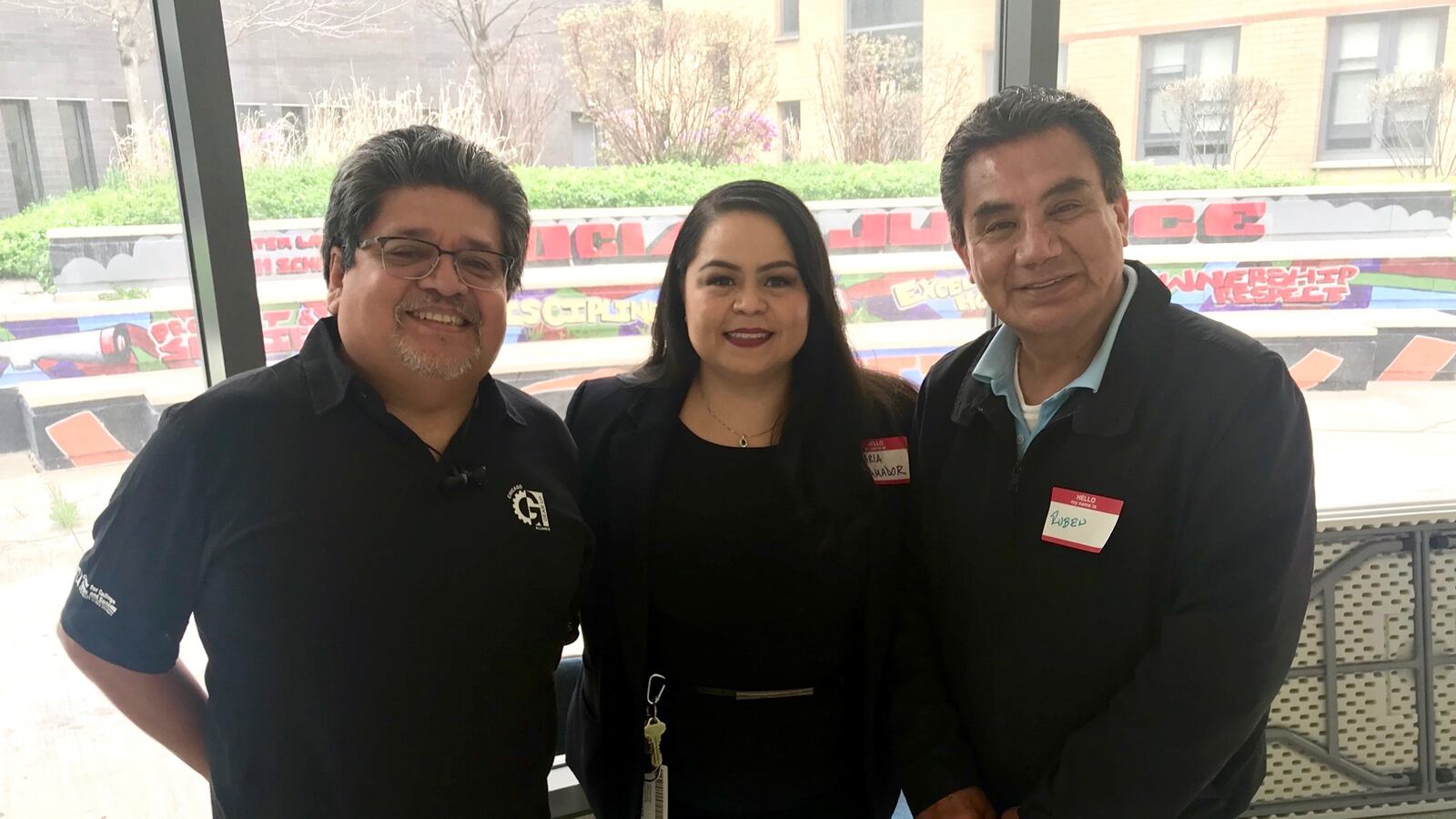When school starts next week, 17 Chicago Public Schools will have new principals.
Among these leaders are Femi Skanes, who will be at a high school in Morgan Park, not far from her home; Latasha Geverola, who has the top job at the South Austin elementary school where she has spent most of her career, and Maria Amador, who will be the third person in two years to take the helm at the Little Village school she is joining. They face disparate challenges, to be sure, but all agree that their first order of business is building up trust among the school community — including among students and parents, faculty and staff.
“I don’t want to make changes that the teachers and students aren’t involved in,” Amador said. “I don’t want it to be a top-down administration.”
As they get situated, there’s a lot to juggle. On top of overseeing staff and curriculum, many Chicago schools are dealing with budget cuts that are the result of decreasing enrollment across the district. And as of this year, principals also have more duties in vetting and monitoring volunteers and ensuring that all staff undergo Title IX training.
The veteran principal at Taft High School in Norwood Park, Mark Grishaber, said he encourages new principals to identify their own set of priorities and keep them front of mind.
“When you go to a big school district, you have to hold on to your vision because there’s so much you have to fly with,” he said. (Grishaber also offers up new hires some advice on self-care: “Don’t check your emails an hour before you go to bed or when you wake up in middle of night. Or else you’ll never be able to sleep.”)
Chalkbeat sat down with Skanes, Geverola and Amador to hear about their hopes for the coming school year.
Bringing back the arts
Amador, a former assistant principal at Taft, will be the third principal in just two years at Multicultural Academy of Scholarship in Little Village. Beyond establishing ties with a school community that’s seen leaders come and go, she’s focusing on strengthening the school’s identity as an arts center.
Multicultural was founded in 2004 as Multicultural Arts High School. In 2010 the then-principal changed the name to make it sound more academically rigorous and to help it compete with the growing number of nearby charter schools. Edward Cisneros, a theater teacher entering his 12th year at Multicultural, said that with high principal turnover and budget cuts, the school has also lost partnerships with arts organizations and had to lay off its music teacher.
When Amador began interviewing at the school, she said she found that “the staff is missing that passion for the arts that used to be reflected in the name.”
One question that will guide her work is: “How do we give life to that name?”
She aims to build the music program back up and hopes to start a mariachi band, given that the school is located in a community where a majority of residents are Hispanic. She also wants to rebuild partnerships with the Art Institute and Columbia College.
An overt commitment to the arts would also “be a tremendous boost” in terms of enrollment, said Cisneros. “We have one of strongest arts offerings in the city,” he said. “Promoting that would help us attract students who may pass up Multicultural because they don’t know that.”
And as recent high school application data show, arts programs are among the most in demand programs across Chicago.
Clearing up misconceptions

Skanes, the outgoing principal at Al Raby High School in East Garfield Park, is joining Morgan Park High School on the South Side.
As a longtime resident of Beverly, just north of Morgan Park, Skanes said she’s noticed there are negative perceptions about the school because its perks are not highlighted. She intends to change that.
“Everybody knows that Morgan Park has a great basketball team,” Skanes said, “but it also has this whole comprehensive sports program. People also don’t know about the number of AP course offerings or dual credit course offerings.”
To get the word out, she plans to increase the school’s social media presence and to advertise monthly in a neighborhood newspaper, Beverly Review. She also plans to expand community service opportunities to get more students out in the neighborhood.
“The goal is to help people re-envision themselves as a school community,” she said.
Giving families a room of their own

Geverola, the incoming principal at Oscar DePriest Elementary School in South Austin, has worked at the school for most of her career.
In fact, Geverola’s first teaching job right after college was at DePriest. She said that on her first day there, during an ice-breaker, she told the staff, “Someday I’d like to be principal here.” In the intervening 15 years, she’s served as a 6th grade teacher, an IB program coordinator, and most recently as an assistant principal. She’s finally reached the goal she set for herself all those years ago. And now her “number one priority is bringing the community in, engaging families and parents.”
“We’re now combatting a lot of violence in the community,” she said, noting that school staff need “to be in this community to help it thrive.”
Geverola said she plans to use part of a $500,000 grant the school received from the district’s Sustainable Community School Initiative to reopen a “parent room,” where parents can go to workshop resumes and take computer classes. In recent years, that room has been used to house counselors and other staff.
She said she wants parents to “push us to be better for you and your children — we can’t do that if you’re silent.”

